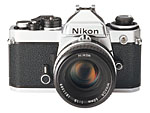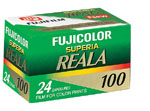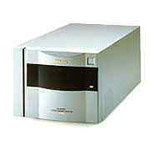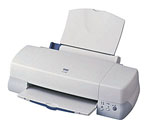The Digital Darkroom
 The photos on this site were mostly taken with conventional 35 millimeter
SLR film cameras. For the last few years I've also been working with 645
format, in my never ending quest for the sharper image.
The photos on this site were mostly taken with conventional 35 millimeter
SLR film cameras. For the last few years I've also been working with 645
format, in my never ending quest for the sharper image.

Over the years, I’ve used and abused many different cameras. For one reason or another, I keep coming back to my trusty Nikon FE, which is now well over twenty years old. I own a decent digital camera and use it for snapshots, but so far, not really for "serious" work.
The film is processed by conventional means. I shoot mostly color negative film, because of its wide exposure lattitude. Slow films are best for image quality, of course. I prefer Fuji Reala and Kodak Royal Gold.

When I pick up the film from the lab, the fun begins. At home the film is scanned into my computer with a Nikon film scanner. As opposed to a flatbed scanner, this is a device designed to scan slides and negatives directly. As a result, I get image resolution that simply can't be matched by any digital camera currently made.

I use Adobe Photoshop to edit the images and prepare them for printing. Generally, this work consists of color balancing, touch-up (elimination of dust and scratches) and a bit of cropping. Occasionally, I get fanciful and create composite images that simply can’t be done in a more conventional darkroom setting.

When the editing’s done, the file is printed on either an Epson or Canon photo printer. A great deal of attention is devoted to selection of inks and papers to achieve the best combination of gamut and print longevity.
The Internet is an invaluable resource in all of this. Using newsgroups and listservs I’ve shared notes about materials, tools, and techniques with other photographers from around the world.
When all’s said and done, my most valuable resource is my wife, who critiques my work, keeps my ego in line, and assists me in every step of the process with her wisdom and moral support.